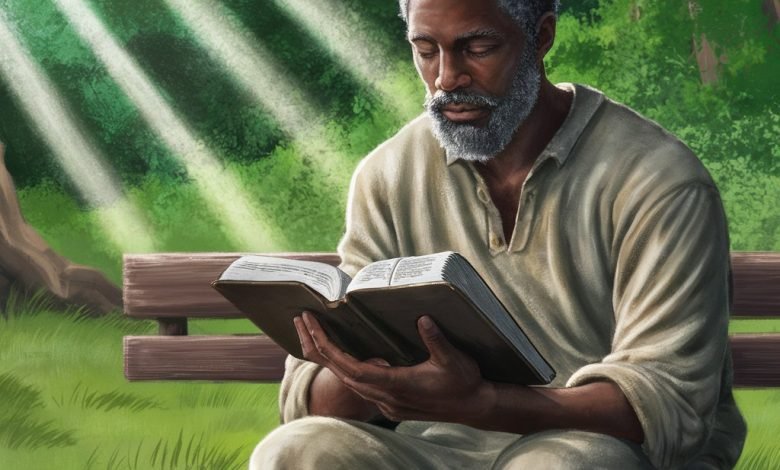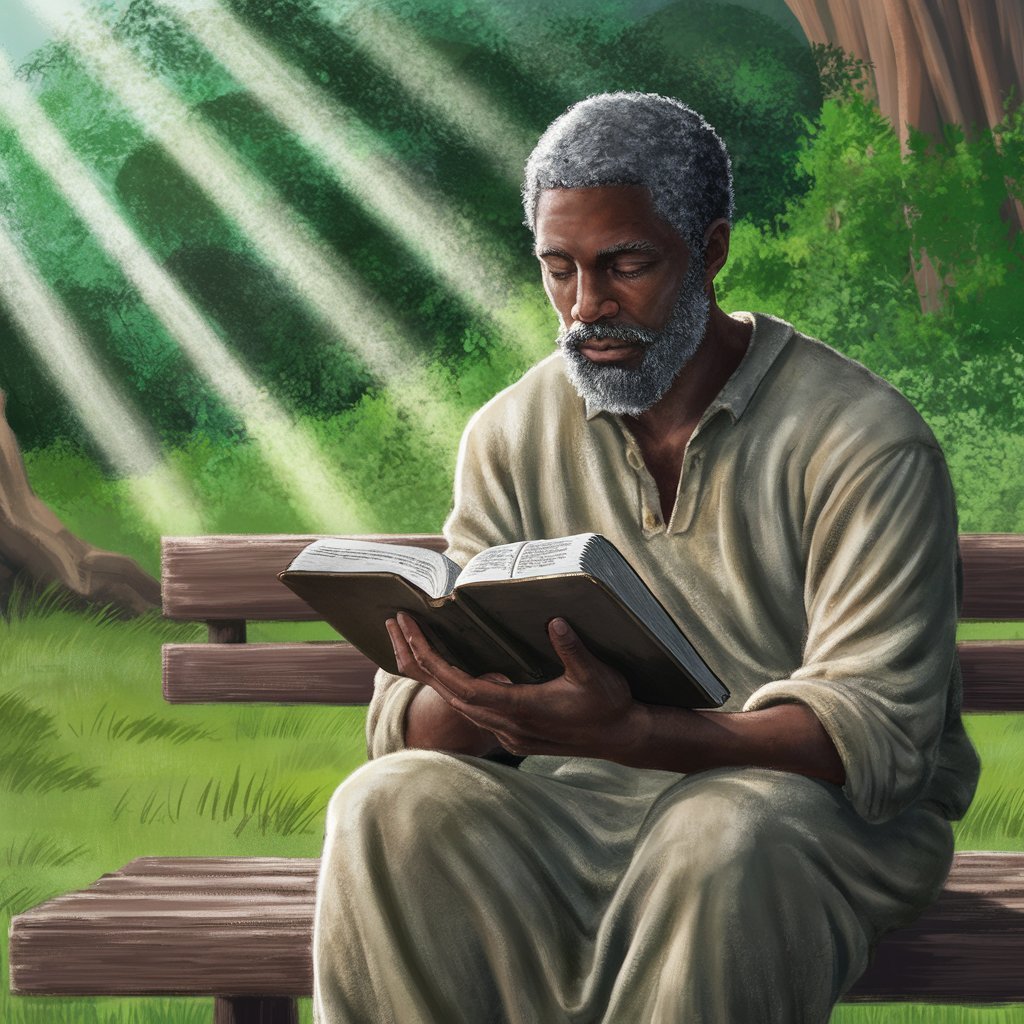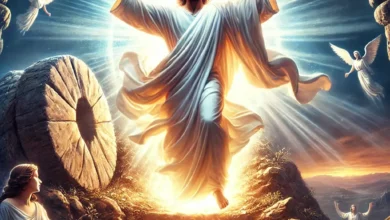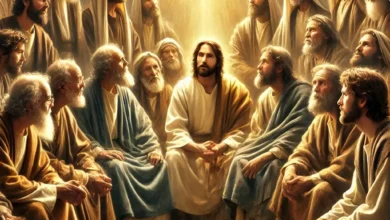
Differences between the Old Testament and the New Testament
Although there are significant differences between the Old testament and New Testament, there is no doubt that both books complement each other to provide believers with a true testament of God’s love in the death and resurrection of Christ.
The Bible contains a God-inspired message about love, teaching, and correction for Christians while simultaneously consisting of two books: the Old Testament and the New Testament. And although they are different, they complement each other to provide us with an informative tool and a comprehensive source of encouragement.
The Bible is simultaneously a divine love letter from God to us and a tool for teaching, correcting, and training us to do His work on earth. The Bible presents one message in two different books—the Old and New Testaments.
Although there are certain similarities between these two volumes, there are also differences that reflect the historical, cultural, and spiritual development of Christians, all of which look forward to the coming of Jesus, His ministry, His final return, and the establishment of a new heaven on earth.
Let’s take a closer look at the differences between the Old and New Testaments.
Read more : What it is The New Testament and what it means to Christians

فرست محتوا
1. What Is the Old Testament?
The Old Testament is the first volume of the Bible. Its function is to teach God’s teachings through the history and culture of His people.
The first book of the Old Testament, Genesis, describes the creation of the world and mankind with Adam and Eve through God, our Creator. “Now no shrub had yet appeared on the earth and no plant had yet sprung up, for the Lord God had not sent rain on the earth and there was no one to work the ground, but streams came up from the earth and watered the whole surface of the ground. Then the Lord God formed a man from the dust of the ground and breathed into his nostrils the breath of life, and the man became a living being” (Genesis 2:5-7).
Biblical figures who become pillars of faith in the Bible are introduced in the Old Testament. Judges like Gideon and Samuel are called to lead God’s children. Kings like David and his son Solomon rise to rule and protect the nation of Israel, and prophets like Jeremiah act as God’s spokespeople to encourage people to repent, while prophets like Isaiah proclaim the coming of Jesus Christ, the Messiah.
Pivotal events such as the flood, the calling of Abraham as the father of all nations, the exodus of the Israelites from Egypt, the establishment of the Mosaic Law, the building of the temple, the captivity of the Israelites, and more occur in the Old Testament, establishing the historical and cultural foundations in the Bible. Additionally, the fall of man is documented, leading to the separation of man from God and a world falling into decay.
As a result, the focus of the Old Testament is on God’s plan to redeem His children and restore the broken state between them, despite the Israelites’ continuous apostasy and eventual captivity by the Persians and subsequent 70-year exile. The last book of the Old Testament, Malachi, sees the rebuilding of the temple after its destruction by the Persians; however, a disheartened and penitent remnant of Israelites continues the cycle of rebellion and repentance that is prevalent throughout the Old Testament.
2. What Is the New Testament?
There is a 400-year gap before the writing of the New Testament. The function of the New Testament differs from the Old Testament as it teaches people to live a life of faith that imitates Jesus and glorifies God. It begins with the book of Matthew, documenting the fulfillment of Old Testament prophecy regarding the birth and ministry of Jesus Christ.
While the books of Kings and Chronicles in the Old Testament provide narratives of the history of Israel and the rise and fall of its rulers, the Gospels provide a narrative of Jesus’s life and teachings. Some traditions established in the Old Testament are set apart in the New Testament. The coming of the Savior heralds the fulfillment of the Mosaic Law and the establishment of a new covenant with Him as the High Priest.
Instead of atonement according to the law, believers can now find forgiveness and eternal life through the gift of Jesus’s salvation. “In the beginning was the Word, and the Word was with God, and the Word was God. He was with God in the beginning. Through him all things were made; without him, nothing was made that has been made. In him was life, and that life was the light of all mankind. The light shines in the darkness, and the darkness has not overcome it” (John 1:1-5).
Instead of the Old Testament’s tabernacle and temple being the central place for worship and communion with God, in the New Testament, all believers receive the Spirit of God, and the temple dwells within them. While animal sacrifices were the only way to atone for sins in the Old Testament, Jesus in the New Testament becomes the sacrificial Lamb, and His blood pays the price for our sins.
“But those sacrifices are an annual reminder of sins. It is impossible for the blood of bulls and goats to take away sins” (Hebrews 10:3-4).
The pivotal events in the New Testament remain relevant to us today. The establishment of the first church is found in the book of Acts, and Christianity becomes accessible to both Jews and Gentiles.
While certain books in the Old Testament, such as Leviticus and Proverbs, were set for teaching and rebuke, the New Testament provides ongoing lessons for the Christian life through various authors, such as Paul, who wrote 13 books of the New Testament, the Gospel writers, and Jesus Himself. The New Testament concludes with the book of Revelation, where Jesus returns as King to judge the sinners, cleanse the world of evil, and establish God’s ultimate plan for a new heaven and a new earth.

Differences Between the Old and New Testaments
Other differences between the Old and New Testaments are as follows:
- Languages: The Old Testament was written in Hebrew, with some books like Daniel and Ezra written in Aramaic. The New Testament was written in Greek.
- Time of Writing: The books of the Bible are neither in chronological order nor their original order. However, the Old Testament books were certainly written before the New Testament books.
- Size and Content: The Old Testament contains 39 books, has 5,800 words, and constitutes two-thirds of the entire Bible. In comparison, the New Testament contains 27 books, has 4,800 words, and makes up one-third of the Bible.
What Does This Mean?
Although there are significant differences between the Old and New Testaments, there is no doubt that both books complement each other to provide believers with a true testament of God’s love and together encourage and strengthen us to walk in the truth, spirit, and revelation of God’s glory.





